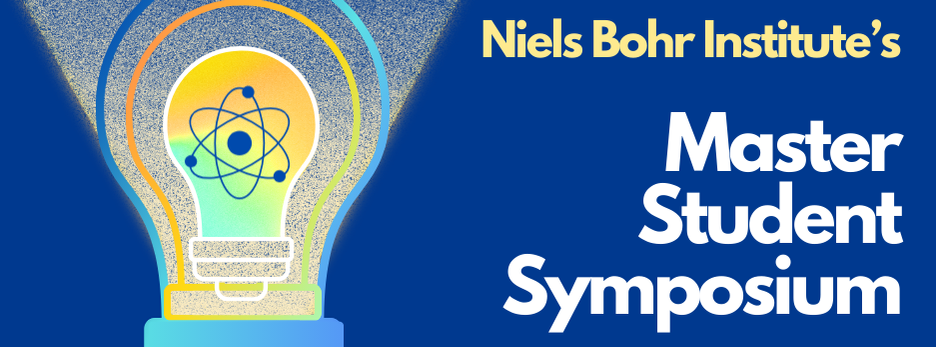Description
The first detection of gravitational waves (GWs) in 2015 opened the door to GW physics, which has allowed us to test Gravity with unprecedented precision.
When emitted by a source, usually a merging binary of compact objects such as black holes (BHs), gravitational waves propagate moslty unaltered through the cosmos. However, if they encounter objects in their path that are massive/compact enough, those will act as cosmic lenses, to affecting their properties. Lensing offers a unique probe of both the large-scale structure of the Universe and the fundamental properties of GW propagation.
This project studies the case in which GWs are affected by wave optics effects due to the fact that their wavelength is comparable to the size of the lens. While this regime has been well studied in the Newtonian approximation, the role of strong gravitational
fields remains largely unexplored. This is particularly relevant for lensing by intermediate and supermassive BHs, which can occur near active galactic nuclei or in compact triple systems. In this work, we analyze the lensing of GWs by a non-rotating BH considering a strong field and compare our results to the Newtonian point-mass approximation.
| Field of study | Astrophysics |
|---|---|
| Supervisor | Jose Maria Ezquiaga |

